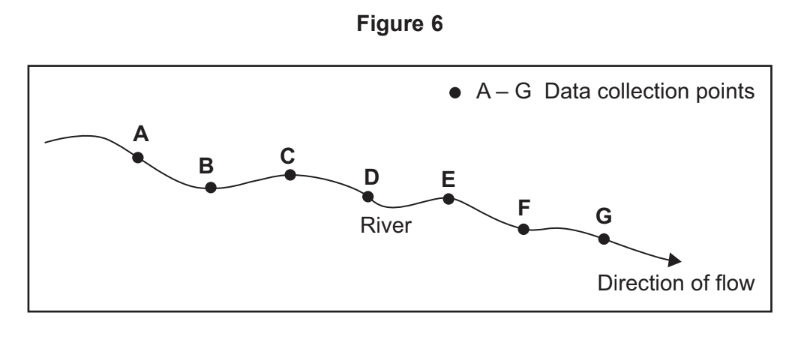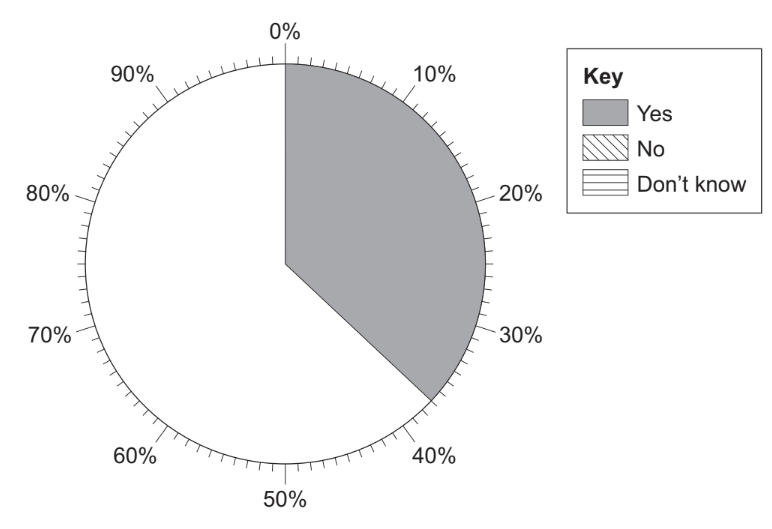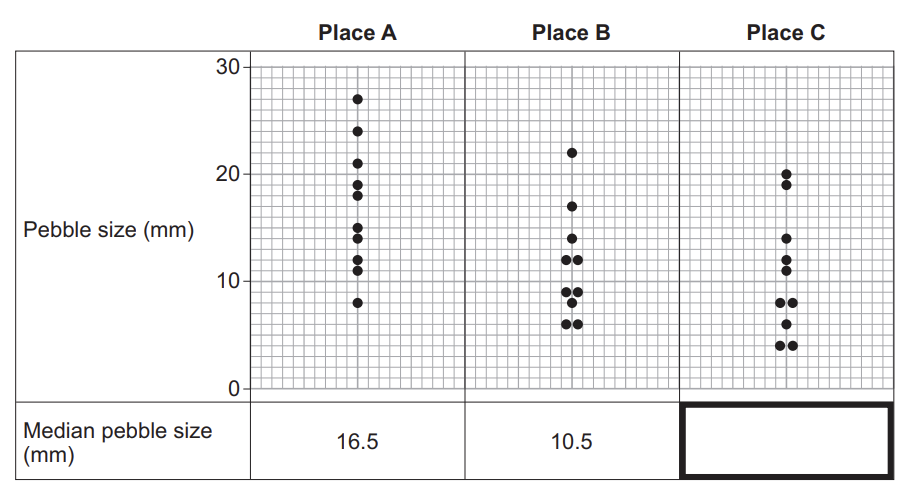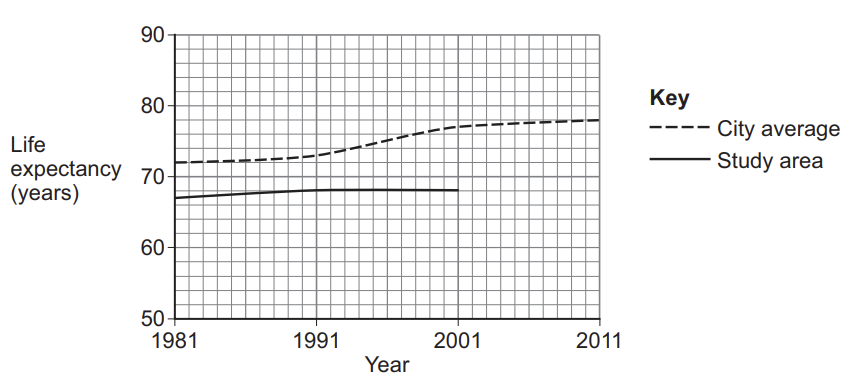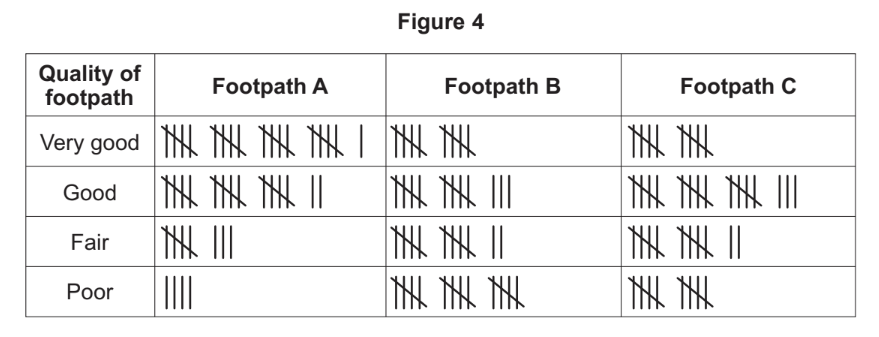Study Figure 4, information collected by students about visitors to Bournemouth, a coastal town in Dorset.

| Yorkshire and the Humber | 6% |

Figure 6
| Visitor numbers to main tourist attractions (thousands) |
|
| January | 80 |
| February | 110 |
| March | 120 |
| April | 180 |
| May | 220 |
| June | 230 |
| July | 270 |
| August | 310 |
| September | 200 |
| October | 190 |
| November | 100 |
| December | 120 |
A student used the following presentation method (Figure 7) to show the information in Figure 6

Did this page help you?


